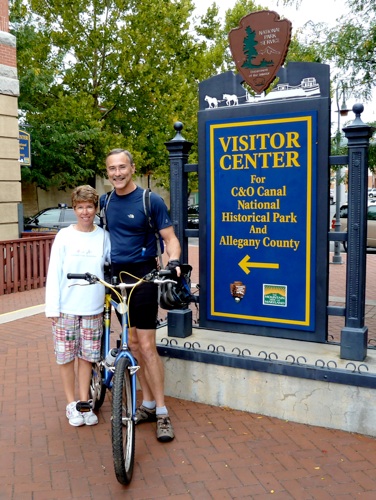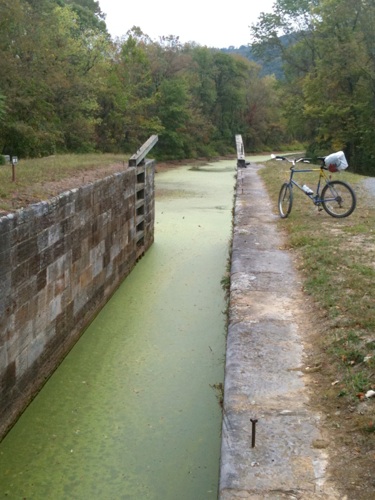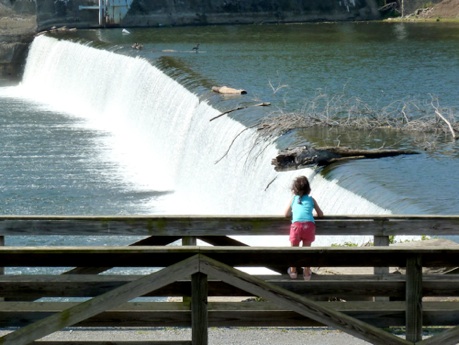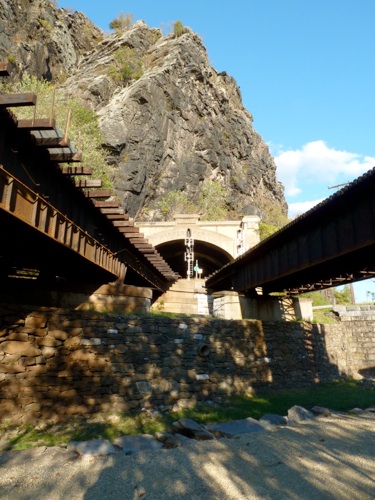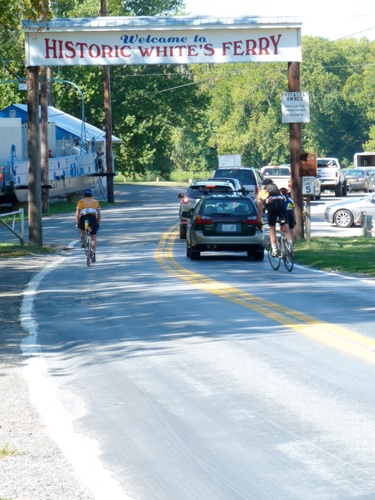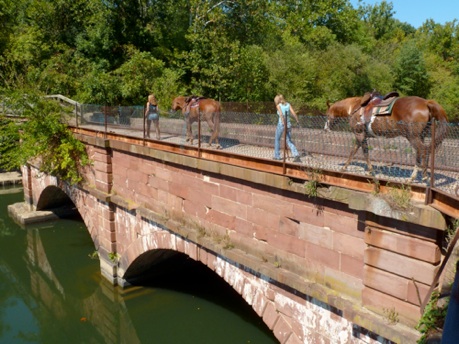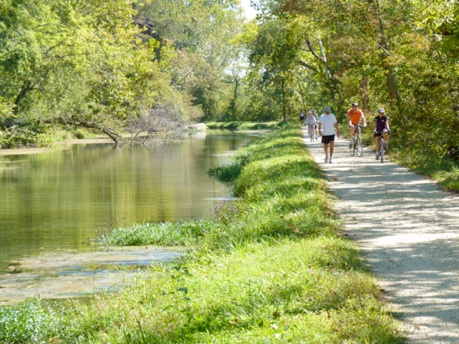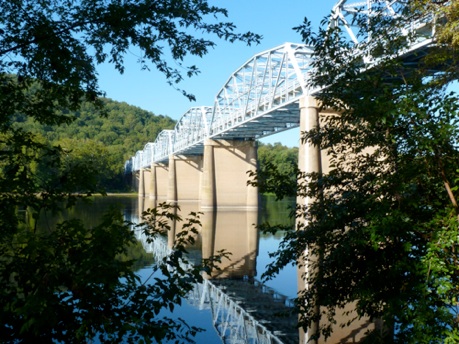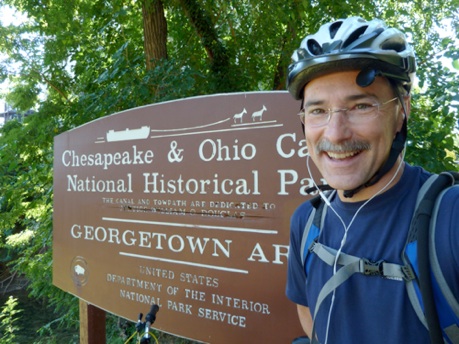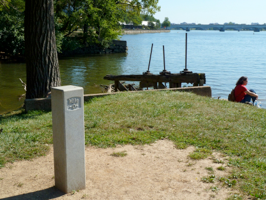
Canal barges were pulled at four miles per hour but there was a time when people were betting they were the best option for moving goods, certainly better than those new-fangled trains. Hard to believe but in their infancy trains were slow and dangerous and didn’t have much of a hauling capacity. For a small window in history, the riverboat canal system and the railroad competed for supremacy. Seems hard to believe today.
America’s manifest destiny was to grow, to expand west. In post-colonial times this meant expand into the Ohio valley where fertile land and natural resources were bountiful. Critical to this expansion were communication and transportation and this meant connecting the east coast with the Ohio River. In the late 1700s this stirred the development of the C&O Canal along the Potomac River to link the Chesapeake Bay with the Ohio River. America was moving west.
At this time steam trains were transitioning from being considered a novelty to being considered a potential means of transportation. They required fuel, they required high maintenance and worst they required that tracks be laid. These were huge obstacles which were starting to be overcome as the C&O Canal continued its development.
So as the canals were being built the new technology of locomotion was developing swiftly. Trains were increasingly considered a viable if not a superior option to barges. Investors started to get behind the technology and decided to build a parallel option to the C&O Canal along the same path. Conflict and competition were inevitable.
Both wanted to connect Baltimore/D.C. with Pittsburg on the Ohio River. To Cumberland, the best route with the lowest cost to develop was along the Potomac River. The C&O Canal company had a head start and had sewn-up many of the land rights along the river, creating many obstacles for the rail company. Years of court suits delayed both project and the C&O Canal was completed before rail. However, by this time railways were beginning to realize their full potency and their supremacy over canal transport. While the canal operated for a few decades it never went beyond Cumberland while the rail system went to Pittsburg and well beyond to network the entirety of the growing country.
I bicycled the tow path that still lies between the canal and the Potomac.
Three days of good weather were forecast so Beth kindly offered to take me to Cumberland where I would start my 184 mile bike ride to Georgetown in D.C. While days 2 of the 3 proved to be exceptional riding weather, most of my first day was spent riding through a rain storm. One night in Hancock, MD and one night in Harpers Ferry, WV are all the time I had to spend away from home. Arriving as Mile 0 was a gratifying moment. And, yes, I was tuckered out!
As I rode, it was fun to realize what I was riding along. To my left was always the canal system. To my right was always the Potomac River. All along the way I saw historical remnants of what was built to make canal travel possible. Below I provide a visual tour of what can be seen along this well-maintained and beautiful National Historic Park.
